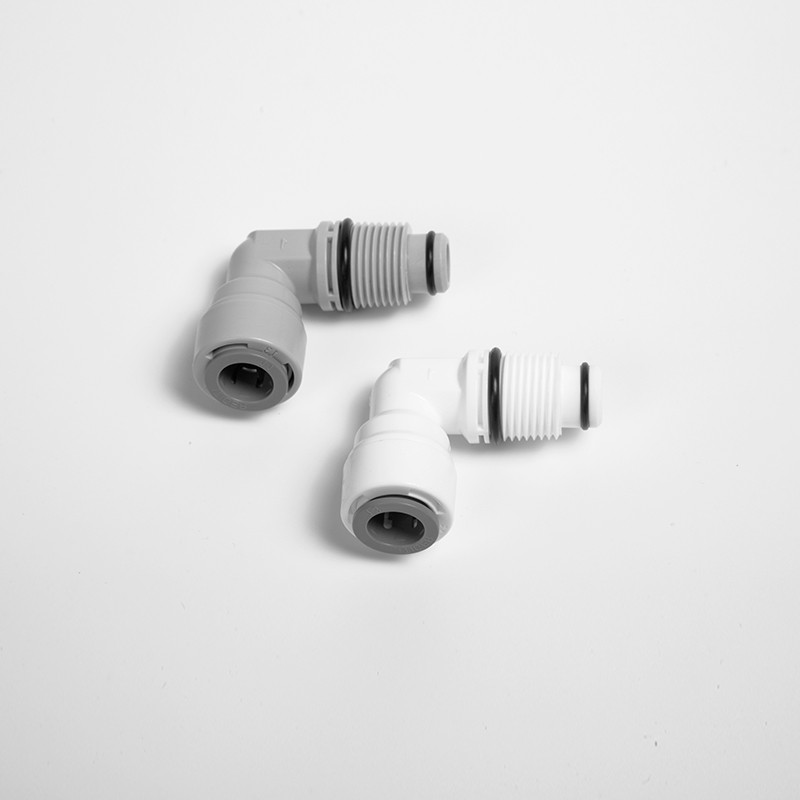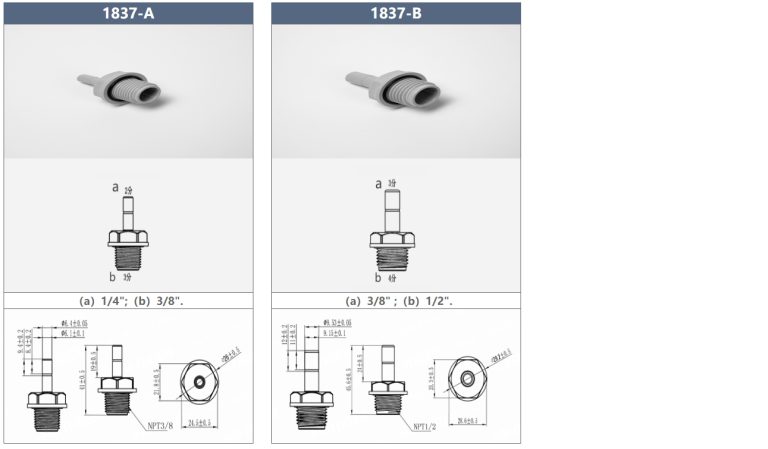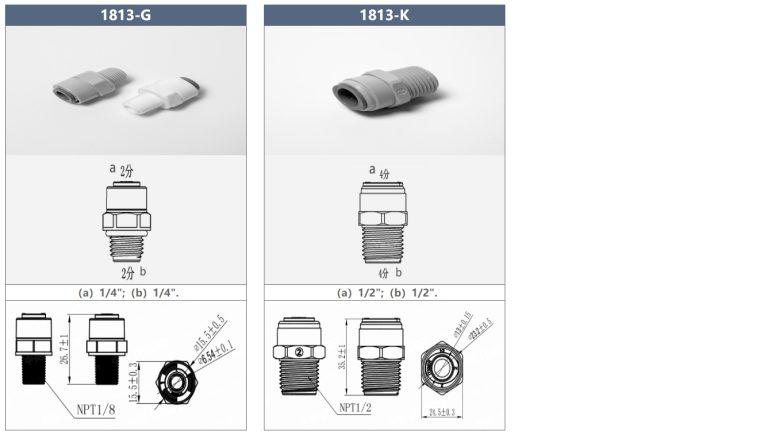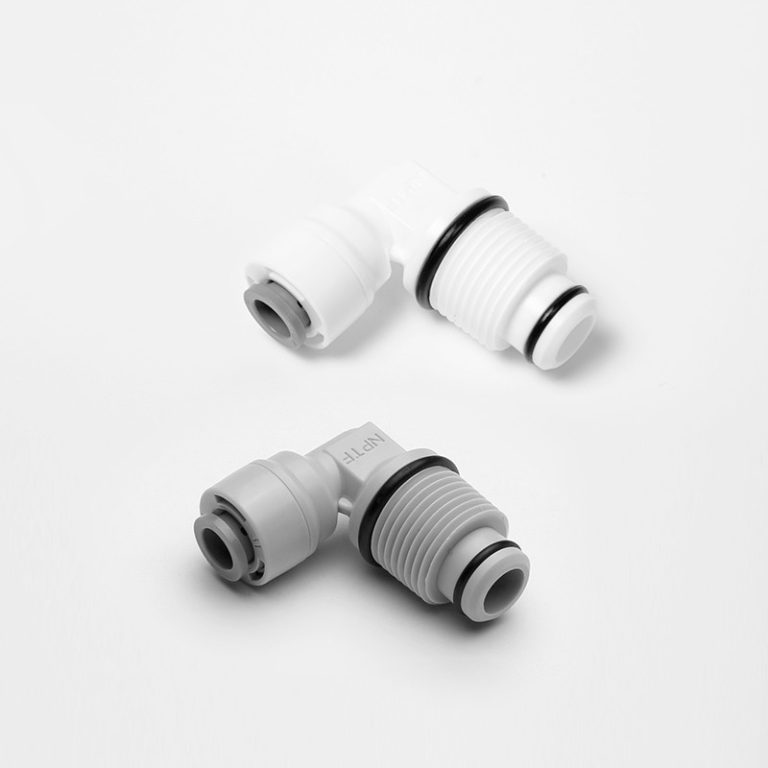Table of Contents
Benefits of Using PVC Conduit Fittings for Electrical Wiring
PVC conduit fittings are an essential component in electrical wiring systems, providing a protective housing for wires and cables. These fittings are made from polyvinyl chloride (PVC), a durable and lightweight material that is resistant to corrosion, chemicals, and extreme temperatures. There are various types of PVC conduit fittings available, including elbows, couplings, connectors, and adapters, each serving a specific purpose in electrical installations.
One of the key benefits of using PVC conduit fittings is their ease of installation. These fittings are designed to be easily assembled and disassembled, making it simple for electricians to route wires and cables through them. Additionally, PVC conduit fittings are available in a range of sizes and configurations, allowing for flexibility in designing and customizing electrical systems to meet specific requirements.
Another advantage of PVC conduit fittings is their durability and longevity. PVC is a non-conductive material, meaning it does not conduct electricity, making it a safe choice for housing electrical wiring. PVC conduit fittings are also resistant to moisture, chemicals, and UV rays, ensuring that they will not degrade or deteriorate over time. This makes PVC conduit fittings a reliable and long-lasting solution for protecting electrical wiring in both indoor and outdoor applications.
In addition to their durability, PVC conduit fittings are also cost-effective. PVC is a relatively inexpensive material compared to other types of conduit fittings, making it an affordable option for electrical installations. Furthermore, PVC conduit fittings require minimal maintenance and upkeep, reducing the overall cost of ownership over time. This makes PVC conduit fittings a cost-effective choice for both residential and commercial electrical projects.
Furthermore, PVC conduit fittings are versatile and adaptable to a wide range of applications. Whether you are installing electrical wiring in a residential home, commercial building, or industrial facility, PVC conduit fittings can be used to protect and route wires and cables effectively. With a variety of fittings available, electricians can easily customize and configure PVC conduit systems to meet the specific needs of each project.
In conclusion, PVC conduit fittings offer a range of benefits for electrical wiring installations. From their ease of installation and durability to their cost-effectiveness and versatility, PVC conduit fittings are a reliable and practical solution for protecting and routing wires and cables. Whether you are a homeowner, contractor, or electrician, consider using PVC conduit fittings for your next electrical project to ensure a safe and efficient wiring system.
How to Properly Install PVC Conduit Fittings for Outdoor Applications
PVC conduit fittings are essential components for properly installing electrical wiring in outdoor applications. These fittings are designed to protect and secure the wiring, ensuring that it remains safe and functional in various weather conditions. When installing PVC conduit fittings, it is important to follow the proper procedures to ensure a secure and reliable electrical system.
One of the first steps in installing PVC conduit fittings is to carefully plan the layout of the conduit system. This involves determining the placement of the fittings, as well as the length and direction of the conduit runs. It is important to consider factors such as the location of electrical devices, the distance between fittings, and any obstacles that may affect the installation process.
Once the layout has been determined, the next step is to measure and cut the PVC conduit to the appropriate lengths. It is important to use a sharp cutting tool to ensure clean and precise cuts. After cutting the conduit, it is necessary to remove any burrs or rough edges to prevent damage to the wiring during installation.
After cutting the conduit, the next step is to install the PVC conduit fittings. This involves connecting the fittings to the conduit using solvent cement or adhesive. It is important to follow the manufacturer’s instructions for applying the cement and ensuring a secure bond between the conduit and fittings.
When installing PVC conduit fittings, it is important to pay attention to the orientation of the fittings. Fittings should be installed in a straight line, with the openings facing in the direction of the conduit run. This will ensure a smooth and efficient installation process and prevent any kinks or bends in the conduit.
After installing the fittings, it is important to secure the conduit to the mounting surface using appropriate fasteners. This will help prevent the conduit from shifting or moving during installation and ensure a secure and stable electrical system.

Once the conduit fittings have been installed and secured, the next step is to pull the electrical wiring through the conduit. It is important to carefully feed the wiring through the conduit, taking care to avoid any sharp edges or rough surfaces that may damage the insulation.
| Model | Tube(a) | Stem(b) |
|---|---|---|
| 1801-A | 1/4 | 1/4 |
| 1801-C | 1/4 | 3/17 |

After pulling the wiring through the conduit, the final step is to connect the wiring to the electrical devices using appropriate connectors and terminals. It is important to follow the manufacturer’s instructions for connecting the wiring to ensure a secure and reliable electrical connection.
| Model | Tube(a) | Stem(b) |
|---|---|---|
| 1801-A | 1/4 | 1/4 |
| 1801-C | 1/4 | 3/25 |
In conclusion, properly installing PVC conduit fittings for outdoor applications is essential for ensuring a safe and reliable electrical system. By carefully planning the layout, measuring and cutting the conduit, installing the fittings, securing the conduit, pulling the wiring through, and connecting the wiring to the electrical devices, you can create a secure and efficient conduit system that will protect and support your electrical wiring for years to come.







